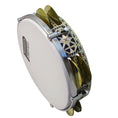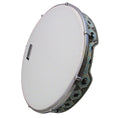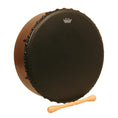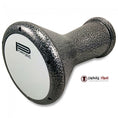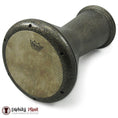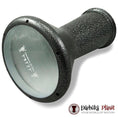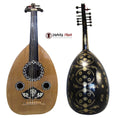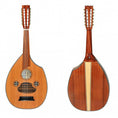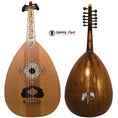- No products in the cart.
Darbuka – A Perfect Instrument to Produce Sweet Music
10
Sep
The Darbuka has remained to be the lifeline of many music cultures be it racy pop tunes of Lebanese diva Najwa Karam or swingy folk odes or rustic Bedouins. For them, it has been everything as they are totally dependent on them for producing beautiful tune. The design is quite simple, but it holds a special place in almost every music culture. The design of the Darbuka might vary from culture to culture but it is popular for the music it produces.
For instance, the Arabo-Turkish Darbuka is well known for its incredibly catchy and thrilling rhythms. It falls under the Goblet Drums category of musical instruments. When you talk about playing this beautiful musical instrument, then it is played in a similar style just like an Iranian Tombak or a Moroccan Taarija. Both of them are placed on the thigh with the top perpendicular to the ground.
It is known to be an ancient instrument; however, in recent times it is gaining popularity among the masses not only in India but in Western countries too. It is known with different names in different parts of the world and some of the popular names are Tablah, Doumbek, Darbukkah, and Derbekki. The origin of this popular instrument dates back to Babylonia and Sumer.
Darbuka is an Arabic word also called Daraba, which means to strike, where membranophones are struck to produce a tone. It is widely used in the Middle East, Central Asia, Turkey, parts of Africa and Europe. The Darbuka is generally made with clay or ceramic and some are even made with metal. The top of the Darbuka is made of goatskin and some Darbukas use fiberglass which provides sharper and louder tones.
The decision of top skin is solely yours but you need to know that most of the prominent masters prefer goatskin as they believe that it is useful in achieving a vaster canvas. There is also some more information for you i.e., a larger bass version of the Darbuka is called Duhulla, which is also quite popular throughout the region.
There are a few people who know the art of designing a perfect Darbuka so it is important for you to select a Darbuka with thorough research. In the Middle East, ceramic and fiberglass Darbukas are used extensively whereas the goatskin version is used in Turkey.
Playing a Darbuka is not an easy job, however, it is not that much difficult if you know the proper technique. Deft fingers are needed the most to create intricate and exciting rhythms. At the same time, the base is played in the center of the drum with the palm by bending it in the form of a cup. The fingertips of handwork magic in creating intricate rolls.
When you talk about the technique used by experts for playing, then you need to know that Darbuka experts place the drum on their left thigh and play the bass with the right hand. Some do converse of the given process. The common phrases used for the sounds produced by this instrument include Dum, Tek and Ka which form the basis of the repertoire.








